
Patients with pulmonary arterial hypertension (PAH) had similar efficacy and safety profile when taking either oral Treprostinil or selexipag, indicating that Treprostinil would be an adequate replacement.
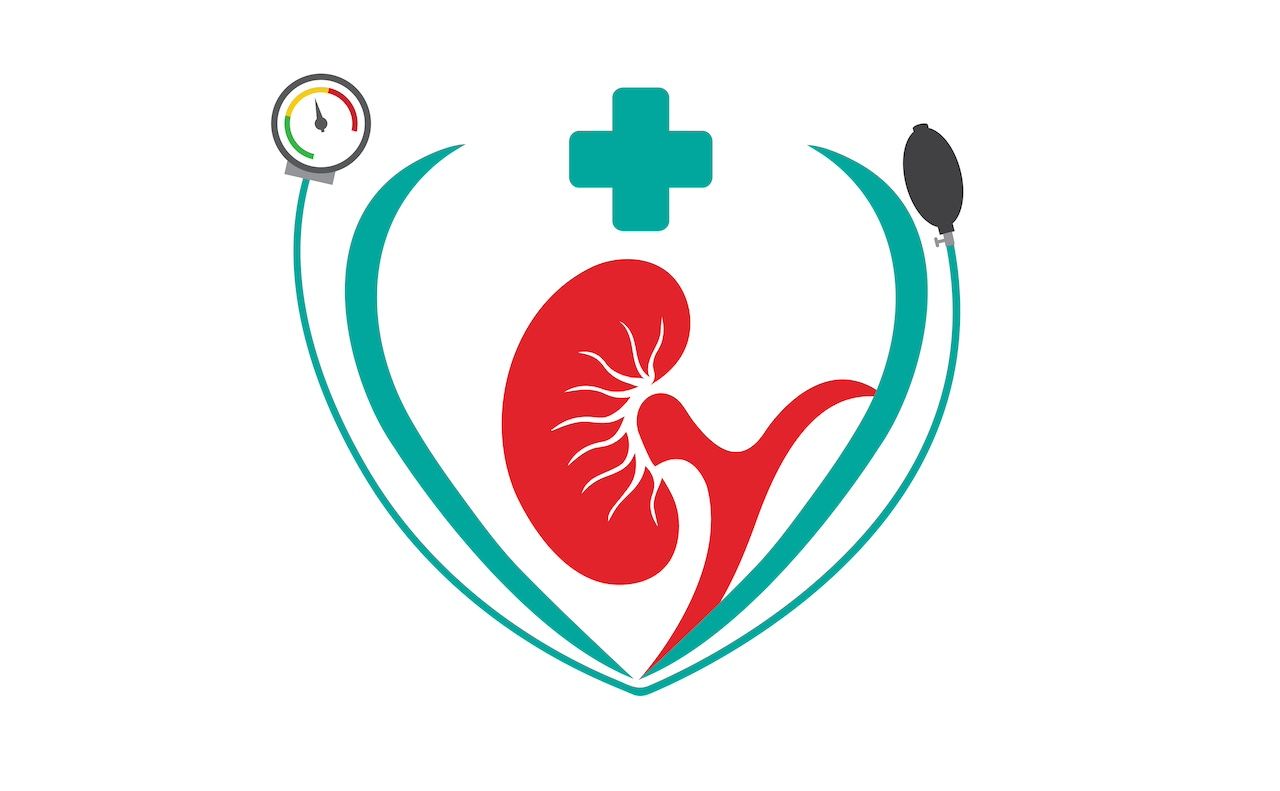
Researchers Emphasize Importance of Appropriate Kidney Transplant Management Based on PH Type

Patients with pulmonary arterial hypertension (PAH) had similar efficacy and safety profile when taking either oral Treprostinil or selexipag, indicating that Treprostinil would be an adequate replacement.
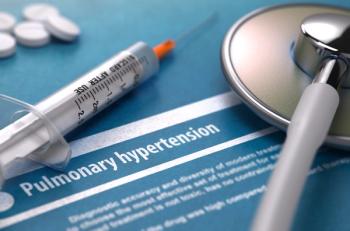
A retrospective study found that instances of recurrent pulmonary hypertension due to vascular reocclusion or restenosis were extremely uncommon after balloon pulmonary angioplasty.
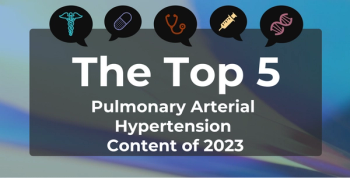
This year’s top 5 most-read articles on pulmonary arterial hypertension (PAH) explored expert opinions on treatment approaches, data on newly emerging therapies, the impacts of alcohol, and more.

Increased pulmonary arterial hypertension (PAH) awareness and earlier screening in routine clinical practice could provide an opportunity for earlier treatment, resulting in reduced economic burden for payers, employers, and society at large.

For the first time, researchers identified sex-based differences in genetic expression of human pulmonary microvascular endothelial cells (HPMECs).

At present, it is difficult for clinicians to identify patients at greatest risk for developing preeclampsia with severe features and tailor treatment plans for them; this difficulty increases costs significantly.

In a single-center, retrospective analysis, echocardiography demonstrated low sensitivity but high specificity for diagnosing pulmonary hypertension (PH) in advanced chronic obstructive pulmonary disease (COPD).

To stress the importance of considering pulmonary complications in sickle cell disease (SCD), researchers compiled an overview on the state of research and available treatment options for patients with SCD associated with pulmonary hypertension.

A Biologics License Application has been submitted to the FDA review for sotatercept in the treatment of pulmonary arterial hypertension.

In a recent review, researchers overviewed the challenging aspects of treating pulmonary arterial hypertension (PAH), highlight the genetic and etiological variability, and advocate for research to expand personalized medicine.

Data from the SPHERE registry revealed racial and ethnic discrepancies in disease severity, comorbidities, and outcomes experienced by patients with pulmonary arterial hypertension (PAH) receiving selexipag.
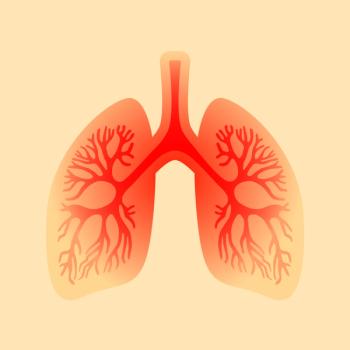
At ERS International Congress 2023, new data related to use of sotatercept offered providers additional insight into the effects of the agent in people with pulmonary arterial hypertension (PAH).
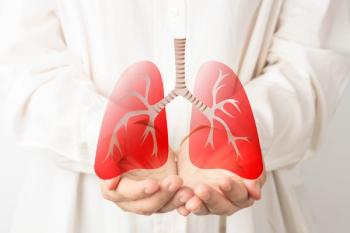
Researchers used real-world data to further validate the use of selexipag in the management of pulmonary arterial hypertension (PAH).

This new data represents the first real-world, US-based data on this drug, demonstrating the efficacy and the safety indications of these clinical trials.

Atrioventricular interval modulation (AVIM) therapy for hypertension may help address this common comorbidity among patients with pacemakers.

Most people don’t know they have hypertension, and a new recommendation advises that pregnant women should be screened for blood pressure disorders at every appointment; patients in primary care face long wait times, which may be due to physician incentives under value-based payments; a lawsuit in New Jersey targets the residency requirement to allow aid in dying for those out of state.

An observational study confirms that the COVID-19 pandemic significantly disrupted care for patients with pulmonary arterial hypertension (PAH).
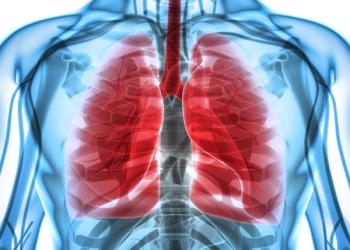
This retrospective study found associations between inferior nutritional index scores, malnutrition, and prognoses in patients with pulmonary arterial hypertension (PAH).
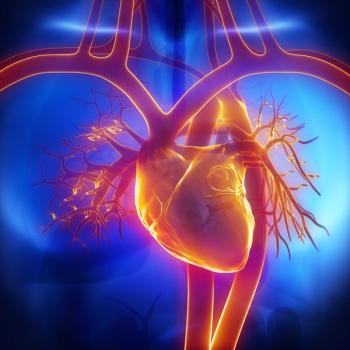
A cross-sectional study suggests that mild cognitive impairment is associated with pulmonary arterial hypertension (PAH).

Investigators also did not find a threshold below which this association was lost.

About 17 million middle-class Americans have unpaid medical bills; more than 1 in 5 patients hospitalized with COVID-19 developed high blood pressure; work requirements for Supplemental Nutrition Assistance Program (SNAP) benefits to begin in September.

Study authors investigated the effect of physical activity as a modifiable risk factor among individuals living with high-risk hypertension in this subanalysis of data from the Systolic Blood Pressure Intervention Trial (SPRINT).

Called the TRIO comprehensive, integrated patient data repository (TRIO CIPDR), the unique registry combines clinical data from electronic health records with pharmacy data, including PAH-specific drugs prescribed, as well as the dates prescribed, administered, and refilled.

When used in conjunction with other risk factors, the 6 distinct blood pressure patterns were able to accurately predict and stratify risk of hypertensive disorders of pregnancy regardless of race or ethnicity.

This retrospective study shows that among nearly 160,000 patients with pulmonary hypertension (PH), those who also had gastroesophageal reflux disease (GERD) had lower rates of morbidity and mortality.

259 Prospect Plains Rd, Bldg H
Cranbury, NJ 08512
© 2025 MJH Life Sciences®
All rights reserved.
